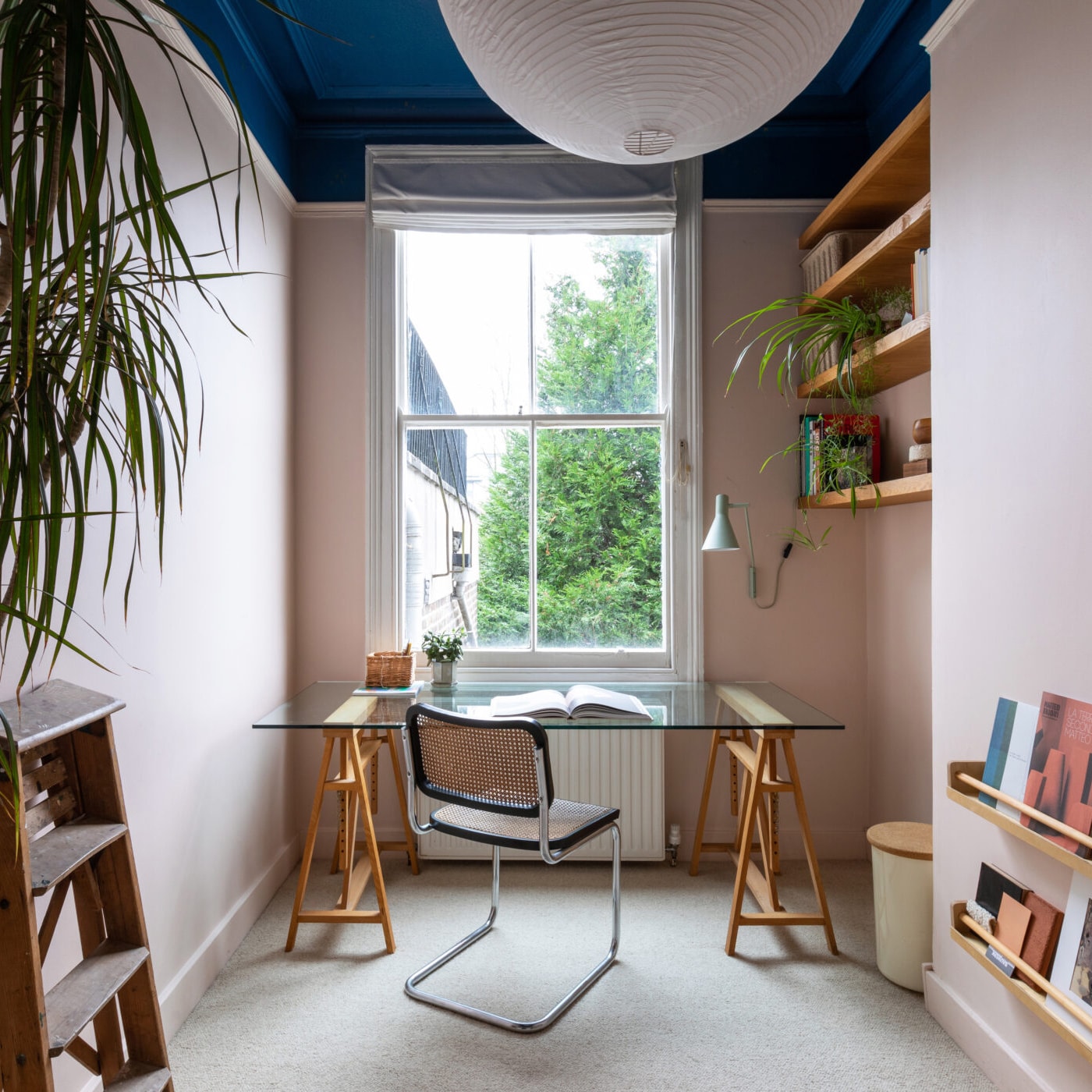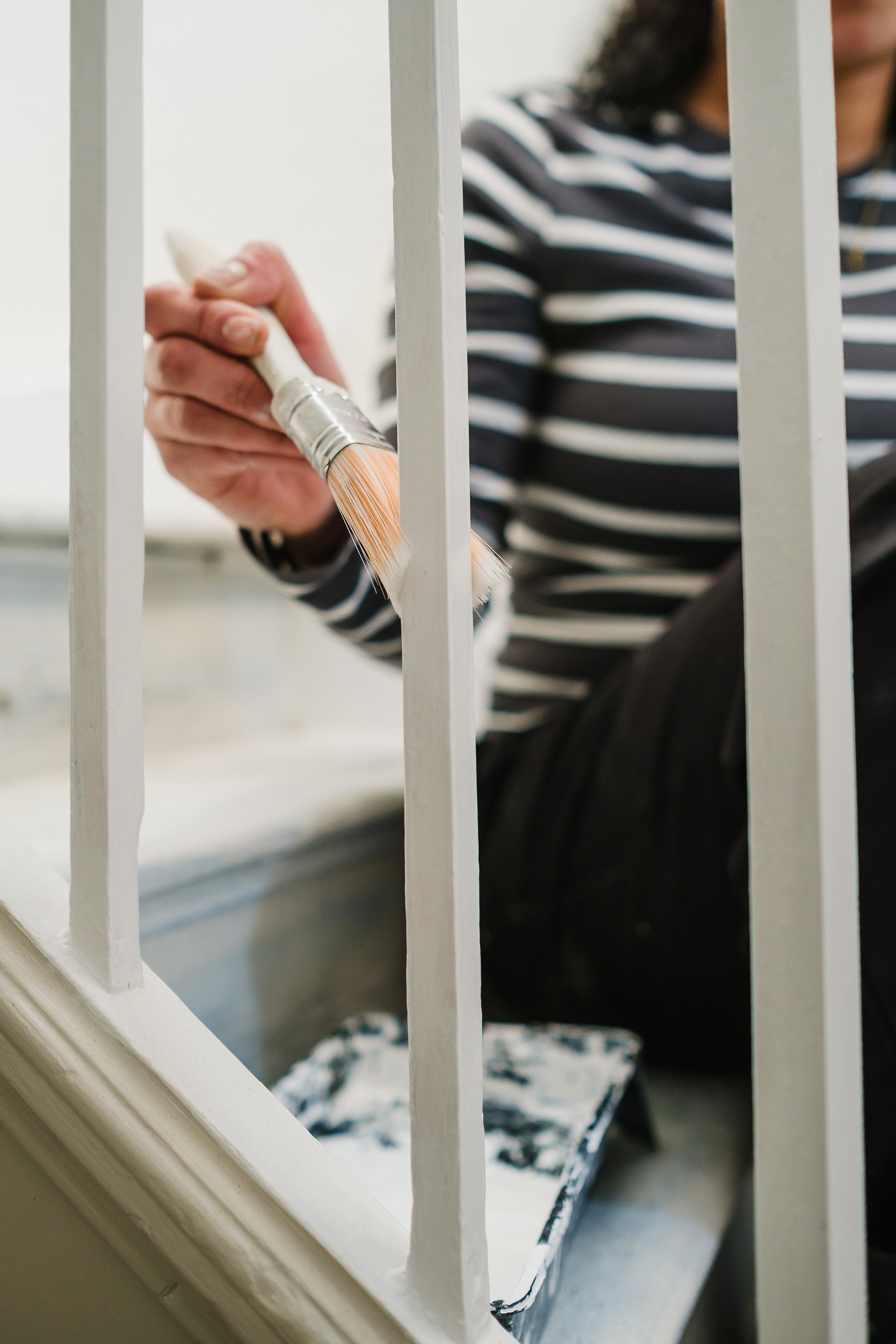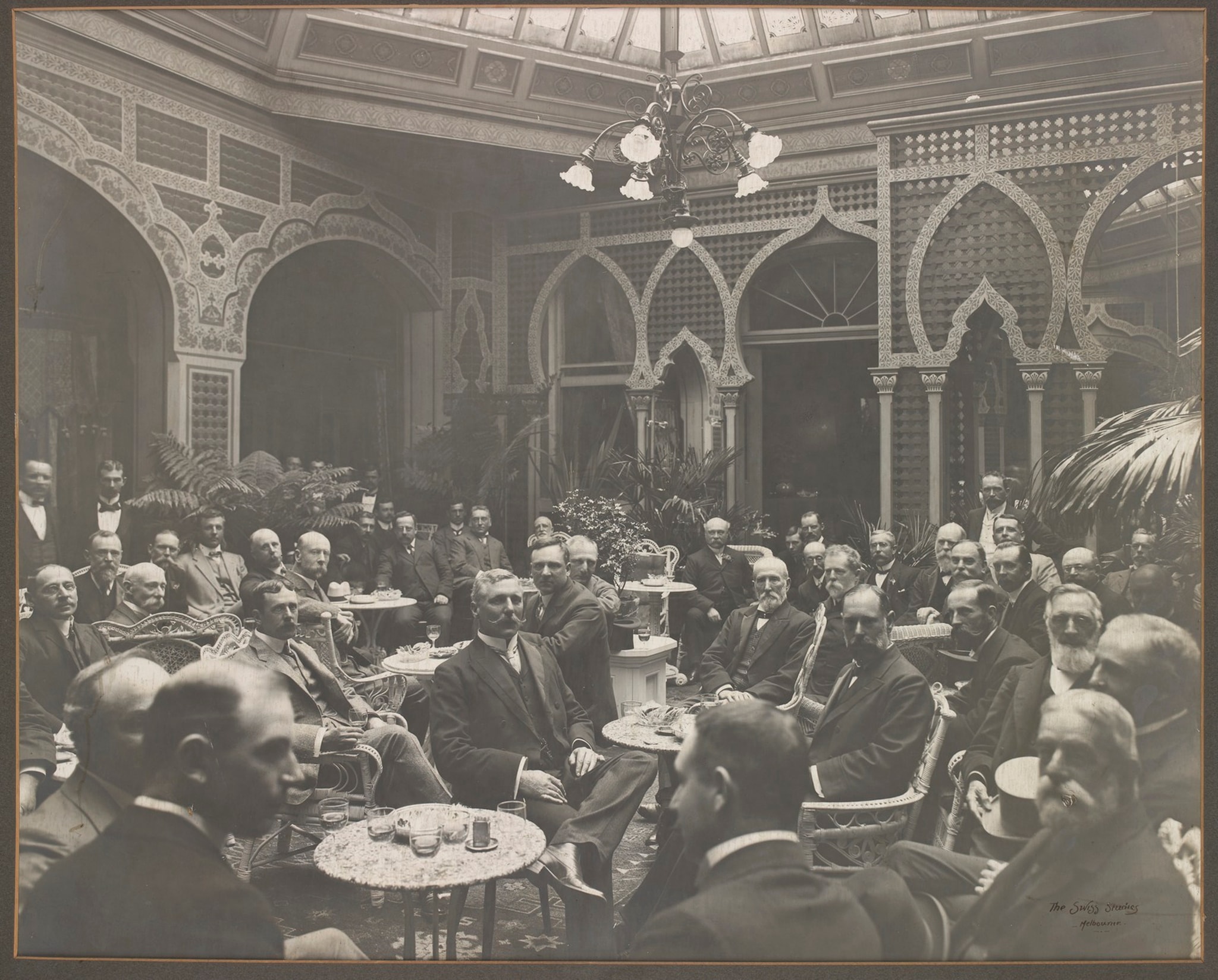Interiors
Trading the States’ secrets
Words by
Ellie Rees
It’s not often that you can draw a parallel between dance and interior design. But our lead stylist Filippo, a professional dancer in his previous life, feels that he applies himself to home staging the same way as he did to performance - with a discipline and dedication to producing something beautiful and with meaning.
Surrounded by enchanting objects, the setting couldn’t be more fitting for a conversation with Filippo. It’s been quite a journey, starting in L.A., where Filippo had been dancing professionally for 12 years but found himself yearning for something else. Quite by chance, he started working at an estate sale company, which sells the contents of homes rather than the home itself, and organising items to maximise their saleability. It was the beginning of his playing around with objects, textiles and art, and made him ‘feel like a kid again’, reconnecting to his creative roots.
As luck would have it, Filippo attended a social event at an open house, where he was blown away by the incredible design and furniture. He contacted the staging company, The Platform Experiment (TPE) to express his interest in it as a profession and the rest, as they say, is history. Six years later he came to the U.K. and has been working with Brickworks ever since.
Filippo, who counted among his TPE clients Rachel McAdams and James Franco, brings with him insights into the world of staging from the U.S., where they are arguably light years ahead in seeing the value of staging and styling a property for sale. The National Association of Realtors (NAR) in the U.S. estimates that 1 in 5 properties are staged for sale, and this statistic jumps up for those with a price point of over a million dollars. When it comes to the West Coast, the popularity of home staging has surged, verging on being the norm in parts of L.A.
Not only is home staging in the States an accepted part of selling, it’s also big business. While over 90% of U.S. estate agents recommend clients partake in a pre-sale declutter, at the top end of the market in Hollywood it is not unheard of to spend a stratospheric 50 thousand dollars on a style-up to create a seductive home.
The popularity of staging in the U.S. is often due to sellers being time-poor, but can also be attributed to a more ‘turnkey’ culture - the expectation that you can move straight into a ready-to-go property - from the La Cornue oven to the Kelly Wearstler vase to match the price tag of the house itself.
While staging is often associated with higher-end properties, Filippo believes it can be of greater value in more modest properties: ‘For smaller homes, it’s actually more important to get them dressed just right, because people may ask: “where am I going to put my dining table, which wall is my bed going to go on, will I fit a desk in here?” ’
And American real estate agents agree: 82% of agents said staging a home made it easier for a buyer to visualise the property as a future home (Source: NAR).
When Filippo came to the U.K. he soon realised the British experience of staging is very different. Synonymous with the show homes of new-build developments, it’s far removed from using staging as a tool to bring a home’s personality to the fore. But the scene has been set for home staging to take off over here, not least through the filter of the hit Netflix show Selling Sunset.
As a nation, we’re obsessed with beautiful homes, evident in the number of design television programmes, Pinterest boards and Instagram home-design accounts we devour. With a national passion for DIY we’ve been traditionally less willing to outsource, but the sway toward being able to hand over to a professional has begun, and Filippo believes it’s only a matter of time until the U.K. catches up with the States.
As anyone in the staging business would attest, home staging is much more than moving furniture. In L.A. it’s about keeping in mind the neighbourhood, preparing properties to have a distinctive feel dependent on whether they were on the east or west side of the city and reflecting the owner and character of the property. Here in London, it’s no different - you wouldn’t dress a property in Hackney in the same way as in Chelsea. It’s about bringing out the real soul of a space rather than simply appealing to a general mass market.
Filippo acknowledges that there is more preparation involved with staging before launching a property to sell. However, the overall process is significantly faster than selling an unstaged home, due to the time it takes to go under offer. It’s all in the preparation. Plus, the investment made upfront to transform a space is almost always rewarded with a higher sale price, often between 8-14%, but in Brickworks’ experience, it can be much higher. And occasionally for some houses, it can be the difference between selling and not selling at all.
As well as making financial sense, for many owners there can be an emotional motivation to create a finished space that they feel proud to pass on - a legacy of a once much-loved home for someone else to live in and create memories. While to some it may sound sentimental, many Brickworks’ clients are dedicated to their role as a steward of their home, taking tender care by finishing that snagging list and making it ‘just right’ for the next owner.
The variety and hands-on nature that Filippo’s role brings is possibly the part that he finds most rewarding, whether it’s a photo shoot, a visit to a client’s home or sourcing furniture at Brickworks’ own warehouse. He sees it as distinct from interior design, because you’re working fluidly with the space, explaining that he has to be open to change to ensure the flow of a property is right, even if it goes against his best-laid plans. But it’s the instant transformational effect that gives him the biggest buzz, creating a staged home that is indistinguishable from and has the same emotional appeal as a 'real' home.
We put it to Filippo that perhaps the terminology of home staging is problematic, that it alludes to something fake when in actual fact it does a home justice through enhancing the space. Filippo summarises his take on staging: ‘Our goal is to honour the home, tweak it a little bit, and add some pieces that can tell a story rather than make it shiny and new.’ We couldn’t agree more.







